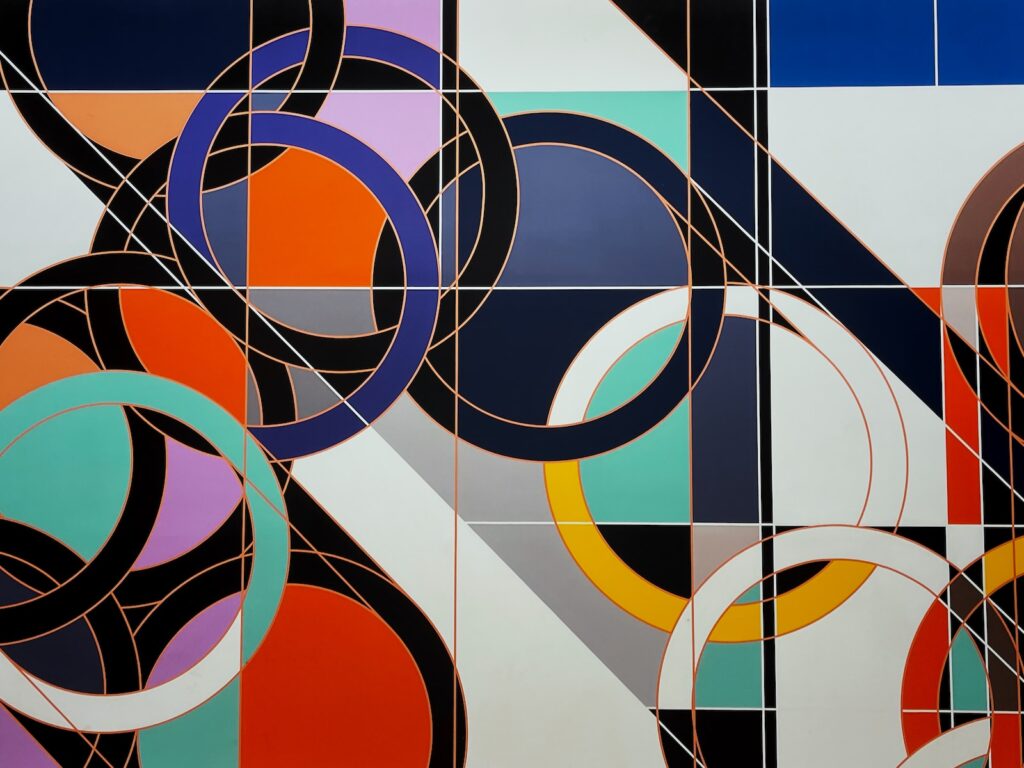Your website is often the very first thing that a customer sees when making a purchasing decision. It acts as your 24 hour salesperson, so you want to make sure that you make the right first impression. A lousy website can hurt your business. The better ones will reflect the personality of your brand and will be designed to engage your target audience.
In order to maximize your web site investment, here are five things you should consider when developing it:
Layout & Design
The best performing websites have a layout that’s relatively clean and easy to read. The design should feature a combination of text, graphics and images. Use landing pages to target specific keywords or ideas.
Color, Graphics, Multimedia
Creatively, your website should reflect the personality of your brand. Establish a color palette of three to four colors max and use it consistently. Use a text color that contrast’s well against the background. Try to incorporate graphics, photos and videos into your site too. You’ll need to make sure that they’re relevant to your business or the content. Finally, you’ll want to present it all in a consistent fashion.

Organized Content
We talked about how search engines love unique content. You also need to figure out a way to organize that content, so that your visitors can find what they’re looking for. Group related content together under categories and sub-categories. But don’t get too specific and have categories that go 3 or four categories deep. You want to make sure that your information is readily accessible with just a few clicks. Your information should be grouped brief paragraphs with catchy headings. Use sub-headings and bullets or numbers to break it up into easily readable groups.
Understandable Navigation
Every website should have a way to easily navigate the site. Your menu section will essentially act as a map for your site. Allowing visitors to access nearly every age. There’s a reason most of the big brand websites have menus across the top or on the left-hand side of the page. That’s where the majority of people expect to find them. Placing them on the right hand side or at the bottom will only hurt your overall performance.
Functionality
Last but not least, your web site needs to work properly. That means all your internal and external links should work. The menus and drop-downs should function properly. More and more of your visitors will be coming from mobile or tablets, so you should also consider a responsive design – one that changes based on the device that the visitor is using to access your site.